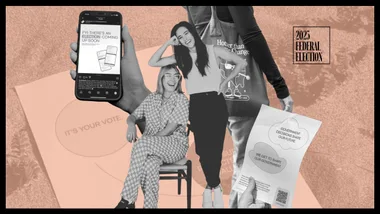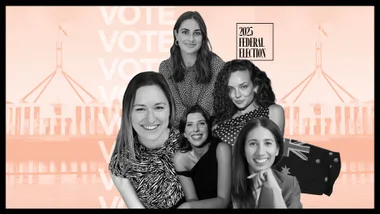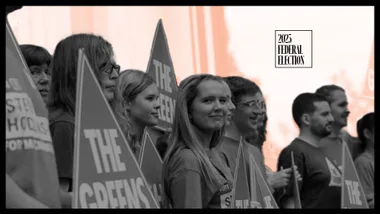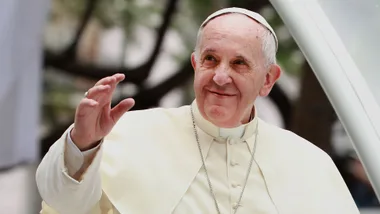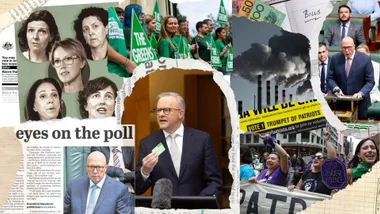What is it?
The statement is the culmination of an unprecedented consultation in which 1200 Aboriginal and Torres Strait Islander representatives took part in a dozen dialogues across the country. “Voice”, “Makarrata” and “Truth” are the three principles Aboriginal and Torres Strait Islander people identified as necessary to repair and move forward together, as a united population. “Voice” means a constitutionally enshrined First Nations Voice to parliament – potentially an elected representative body of Indigenous Australians who’d advise parliament on policies and laws affecting Aboriginal and Torres Strait Islander people. “Makarrata” is about bridge-building and treaties, while “Truth” requires a national process of truth-telling.
What’s The Difference Between A Treaty And Constitutional Reform?
A treaty is a legal agreement between two parties while the constitution is the highest law in the land.
Treaties are accepted around the world as a way of reaching a settlement between Indigenous people and those who colonised their lands. New Zealand has the Treaty of Waitangi, an agreement signed in 1840 between the British Crown and more than 500 Maori chiefs, while Canada and the United States have hundreds of treaties dating back as far as the 1600s.
The constitution is the “rule book” for the country. The Australian Constitution makes no special mention of Indigenous people, nor does it acknowledge their prior occupancy or pre-existing rights. Constitutional recognition is more substantive than a treaty because the treaty processes in Australia are territory- and state-based and the Commonwealth can override the states and territories. A treaty and constitutional recognition are not mutually exclusive; they can co-exist and complement each other.
Why Support The Uluru Statement Of The Heart?
Because it is the result of extensive, unprecedented consultation among and between First Nations people. For too long, Indigenous people of Australia weren’t asked how they would like reconciliation or constitutional recognition to look. Now, they invite the Australian public to join them on this journey towards change.
What Does The Government Say?
In May 2019, Prime Minister Scott Morrison committed to “getting an outcome” on constitutional recognition but did not provide a time frame or plan. He later said he would veto any move to enshrine an Aboriginal voice to parliament in the constitution.
In August 2019, the first Indigenous Minister for Indigenous Australians Ken Wyatt ruled out including a voice to parliament in any referendum on constitutional reform.
Labor’s Shadow assistant minister for reconciliation and constitutional recognition, Patrick Dodson, said at the time, “We either deliver the Uluru Statement from the Heart in full or continue down the failed path of soft reconciliation measures.”
What Can You Do?
1. Use the hashtag #ItsTime, tag @marieclaireau on social media, and write to us at marieclaire@pacificmags.com.au. We’ll compile your support and take it to parliament.
2. Read the Uluru Statement from the Heart and register your support at ulurustatement.org.
3. Write to your local member of parliament and voice your support for the Uluru Statement from the Heart. It’s old school, but it works.
4. Speak to your colleagues, friends and family and spread the word about why this issue matters.



